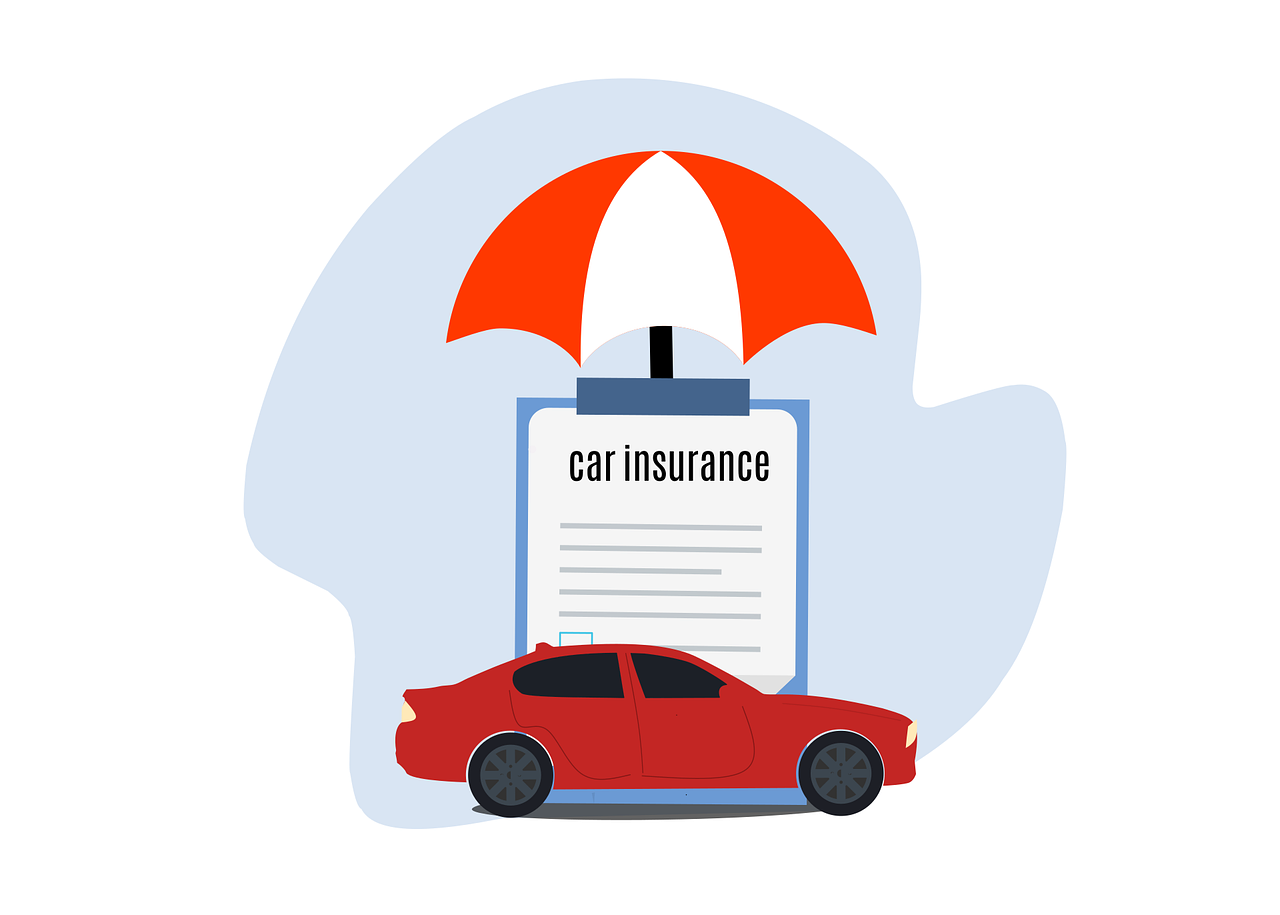Car insurance is a crucial aspect of vehicle ownership, providing financial protection against accidents, theft, and other unexpected events. Choosing the right policy can be overwhelming given the variety of options available. This article will explore how to navigate car insurance reviews, compare policies, and implement strategies to reduce premiums.
1. Understanding Car Insurance Reviews
Car insurance reviews offer valuable insights into the performance of insurance companies and their policies. They are typically written by consumers, industry experts, and insurance analysts. Reviews often cover aspects such as:
Customer Service: Quality of support, claim handling efficiency, and responsiveness.
Claims Process: Ease of filing claims, speed of resolution, and fairness of settlements.
Coverage Options: Range and comprehensiveness of coverage plans, including liability, collision, and comprehensive coverage.
Pricing: Competitiveness of premiums and discounts offered.
When evaluating reviews, consider the source and look for patterns in customer feedback. Reviews from reputable sites and independent organizations like J.D. Power or Consumer Reports can provide a more objective perspective.

2. Comparing Car Insurance Policies
Comparing car insurance policies involves assessing multiple factors to find the best fit for your needs. Key elements to consider include:
Coverage Types: Understand the different types of coverage available:
Liability Coverage: Covers damage to other drivers and their property if you’re at fault.
Collision Coverage: Pays for damage to your own vehicle after an accident.
Comprehensive Coverage: Protects against non-collision incidents like theft, vandalism, or natural disasters.
Personal Injury Protection (PIP): Covers medical expenses for you and your passengers.
Uninsured/Under insured Motorist Coverage: Offers protection if you’re in an accident with someone who has insufficient insurance.
Deductibles: The amount you pay out of pocket before your insurance kicks in. Higher deductibles generally lead to lower premiums but more upfront costs in the event of a claim.
Discounts: Many insurers offer discounts for various factors, such as safe driving records, multiple policies, vehicle safety features, and low annual mileage.
Financial Strength and Reputation: Check the financial stability of the insurance provider through ratings from agencies like A.M. Best, Moody’s, or Standard & Poor’s. A strong financial rating ensures the company can fulfill its claims obligations.
Customer Service: Evaluate the insurer’s reputation for customer service and claims handling. Good service can make a significant difference during stressful situations.

3. Ways to Save on Car Insurance Premiums
Reducing car insurance premiums involves a combination of shopping smartly and making lifestyle changes. Here are effective strategies:
Shop Around: Obtain quotes from multiple insurers to find the best rates. Online comparison tools can simplify this process.
Bundle Policies: Many insurers offer discounts for bundling car insurance with other policies, such as home or renters insurance.
Increase Deductibles: Opting for a higher deductible can lower your premium, but ensure you can afford the deductible amount in case of a claim.
Take Advantage of Discounts: Look for available discounts, such as those for safe driving, low annual mileage, good student grades, or having anti-theft devices in your vehicle.
Maintain a Good Credit Score: Insurers often use credit scores to determine premiums. Improving your credit score can result in lower rates.
Drive Safely: A clean driving record with no accidents or traffic violations can qualify you for lower rates.
Choose a Vehicle Wisely: Some vehicles cost more to insure due to their repair costs, safety ratings, or likelihood of theft. Opt for a car with lower insurance costs if possible.
Review and Adjust Coverage: Periodically review your policy to ensure you’re not paying for unnecessary coverage. Adjusting coverage limits or dropping optional coverage can reduce premiums.
Conclusion
Navigating car insurance can be complex, but understanding reviews, comparing policies, and employing strategies to save on premiums can lead to a more informed and cost-effective choice. By carefully evaluating your options and making strategic decisions, you can find a policy that provides the protection you need at a price that fits your budget.
